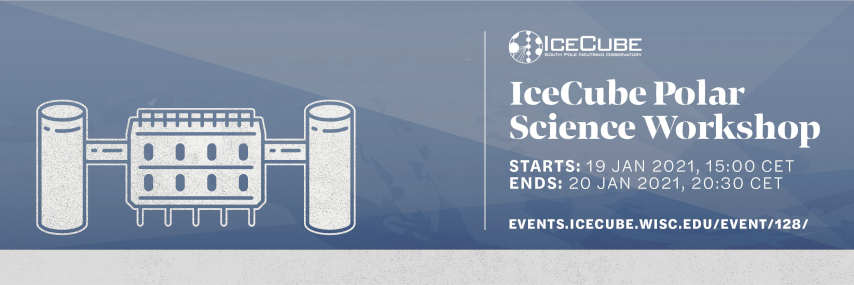Speaker
Description
Seismograms from the South Pole have been important for seismological observations for over six decades by providing (until 2007) the only continuous seismic records from the interior of the Antarctic continent. The station SPA (South Pole, Antarctica) has undergone many updates over the years including being converted to a digitally recording station as part of the Global Seismographic Network (GSN) in 1991 and being re-located to multiple deep (> 250 m) boreholes 8 km away from the station in 2003 (and renamed to QSPA, Quiet South Pole, Antarctica). Notably, QSPA is the 2nd most used GSN station by the National Earthquake Information Center (NEIC) to pick phases used to rapidly detect and locate earthquakes globally and has been used for a variety of glaciological and oceanography studies. Additionally, it is the only seismic station on the Earth where low-frequency (< 5 mHz) normal-mode oscillations of the planet excited by large earthquakes can be recorded without influence from Earth’s rotation and the direct effects of the solid earth tide vanish. However, the current sensors are largely a 1980s technology and, while able to make some lower-frequency observations from earthquakes, the borehole sensors appear unable to resolve ambient ground motions at frequencies lower than 25 mHz due to instrument noise and contamination from magnetic field variations. Recently developed borehole sensors offer the potential to extend background noise observations to below 3 mHz, which would substantially improve the fidelity and scientific value of seismic observations at South Pole. Through collaboration with the IceCube Neutrino Observatory, the opportunity exists to emplace a modern, very broadband seismometer near the base (> 2 km depth) of the Antarctic ice cap, which could lead to unprecedented seismic observations at long-periods and facilitate a broad spectrum of earth science studies.

